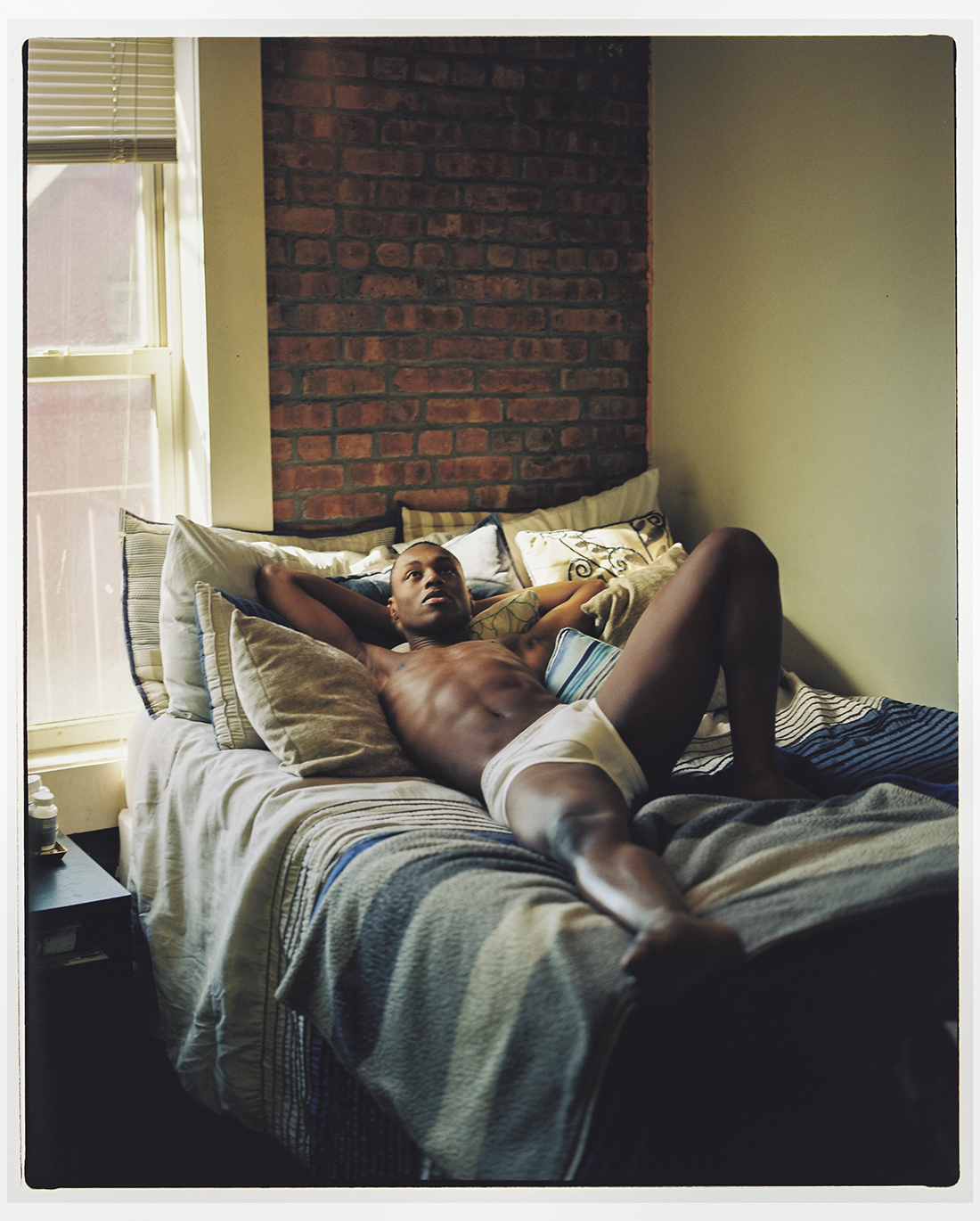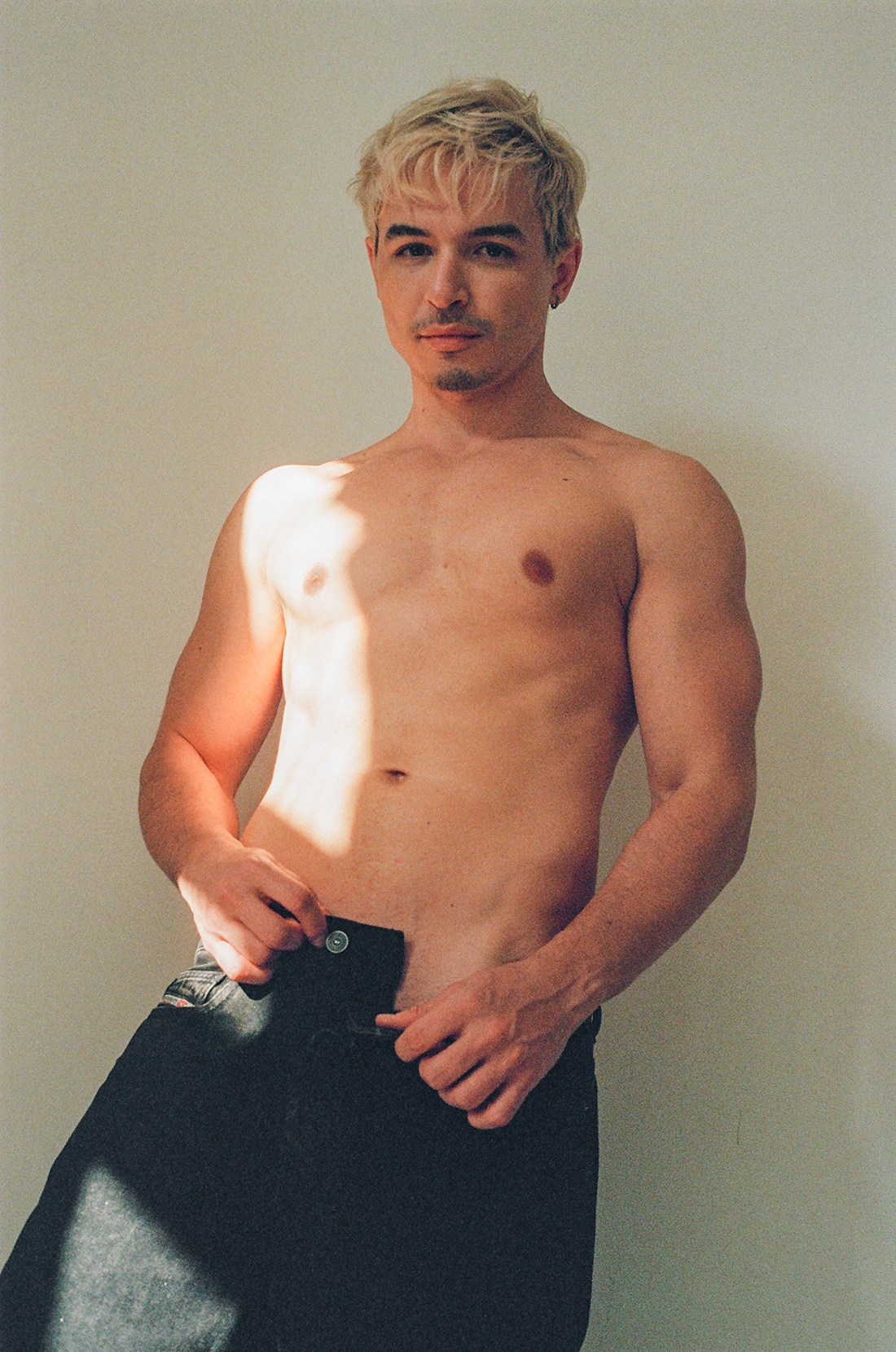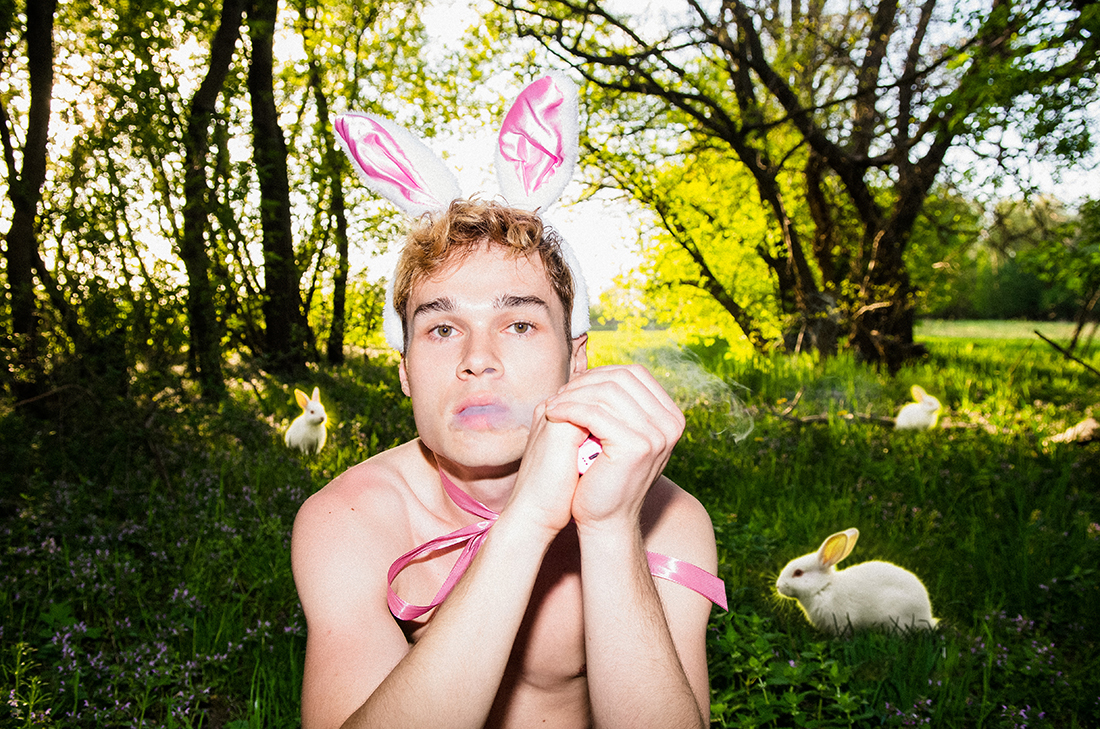Exclusive interview with Los Angeles based photographer, writer, Mitch Cullin.
About Mitch
Born and raised in the American Southwest, Mitch Cullin is an artist based in Los Angeles. His books have been published internationally, including the novels A Slight Trick of the Mind (also known as Mr. Holmes) and Tideland, both of which were brought to the screen by directors Bill Condon and Terry Gilliam, respectively. With his photographs having appeared as artwork on several book covers, his images have also been exhibited in both New Mexico and Texas, and excerpts from his long-term photo essay West Texas Footnotes first appeared in The Santa Fe Literary Review.

Could we start with some background information about you? Where you grow up, where you based, how did you get interested in photography?
I’m from Santa Fe, New Mexico, though I spent much of my teenage years in Texas, way out in the middle of nowhere. For the past fifteen or so years I’ve been living in Los Angeles, California. I’m definitely a product of the desert southwest of America. I got into photography as a high school student, when my father gave me my first camera with a bundle of black & white film to use, and I took to it immediately, as if I had found a long-lost friend or something. This would have been around 1985. I was living in a very small town in West Texas, so I started using my camera as a way to document the people in my little community, mostly my friends. It’s odd to think about it now, but I was the only kid in that town who owned a camera of any kind. I was also the only person showing up at football games, ranching events, backyard BBQs, and cattle drives with a camera in hand. As a result, I became synonymous with taking pictures, to the point that people would call my house and ask if I could come over to their place to document whatever they had going on that weekend. Oddly enough, even to this day, those images from when I was in my late teens are still probably some of the best work I’ve done, and the fact that that town has all but disappeared makes them feel more poignant to me now. I guess, too, that at some early point I just had an innate sense about how photography can defy time by preserving fragments of reality. If I had been that same kid now, I’m not sure the power of having a camera would mean as much to me, simply because any situation I’d want to photograph would also be captured at the same moment from various other angles by the mobile phones of my family and friends.

How about writing? How you started, how you get interested?
Writing didn’t come as naturally to me as photography, but I have always been a reader and I always wanted to write, even before I picked up a camera. In a weird way, my writing of fiction evolved alongside my interest in photography, and I think my novels are very visual in terms of how I write, often with an entire paragraph described as if it were a static image. My great goal was to be a mixed media artist, in which my images and words would be published side by side. But it’s hard to get the publishing world to take creative risks anymore, and these days I’m much more happier creating images than novels.
Do you remember which one was your first favorite book? Which one is your favorite now?
My first favorite book must have been ‘Where the Wild Things Are’ by Maurice Sendak. I still love that book, and I keep extra copies of it to give to children who have never read it yet. My current favorite book is probably whatever book I’m enjoying at the moment, though I often find myself returning to the collected essays of George Orwell again and again. I read mostly non-fiction, and I’m a big collector of photobooks. As I’m working on a photo essay about the crime locations of the serial murder Richard Ramirez—who committed most of his murders near where I live–I’m currently reading with fascination Philip Carlo’s ‘The Night Stalker: The Life and Crimes of Richard Ramirez’.
Who ‘teached’ you to photograph?
I’m pretty much self-taught. However, I did study photography at the University of New Mexico for a while. I did darkroom work and all that stuff, but I just wasn’t interested in the technical aspects of the medium. I was only interested in the artistic, poetic, and personalized aspects of the art form. I suppose the best teachers I had were the ones whose work I discovered early on in books, people like Robert Frank, the Japanese PROVOKE photographers, and Arthur Tress.


So we know how you started. If you need to introduce yourself now, which is that three words which describes you?
Mercurial, empathetic, solitary .
What do you look for in the perfect model?Do they have to be perfect for you?
To be honest, my favorite models are the ones who don’t consider themselves to be models. In fact, I love photographing people who haven’t posed very often, or ever. I find “average” bodies and looks to be far more interesting than perfected, stylized appearances. The professional models just strike me as generic and boring in most cases, not always, but often. I like a little self-consciousness, vulnerability, and relatable humanness in the people I usually photograph.
Your favorite topic in photography is…?
Everything. I’m a bit all over the place with my work. Landscapes, nudes, street, personal, architectural, and everything else that photography can capture interests me. I don’t have a favorite topic. Sometimes I look at my images and realize it’s like looking at the scattered pieces of a puzzle, and my job is to configure those pieces and make some sense of them to create a whole. The problem is that there is never just one puzzle, so the pieces can be moved around and rearranged endlessly into something new.


When you look at your own work, what goes on in your mind?
It depends on the image. But often I’m thinking about the composition, the balance, the contrast of light and dark, and if a given image conveys in the very least a sense of mood or atmosphere. I think the best images usually have two things going on in them at the same time, so I’ll see if there is that kind of thing in my work.
The movies Tideland and Mr. Holmes also based on your books. What are your thoughts of the movies?
It’s hard for me to be objective about the films based on my books. I mostly think about my time on the sets and my conversations with the filmmakers and the actors. ‘Tideland’ is very faithful to my novel, too faithful in my opinion, and it was so hated when it came out. Now it’s become a cult classic, so it’s been interesting to see how time has changed how people react to that film. ‘Mr. Holmes’, however, isn’t as faithful to my novel and I’m fine with that, too. In the end, I can’t complain. How many living writers get a single film made based on a novel, let alone two films? I’m a very blessed man in that regard.
Through your photo series it seems like you traveld around a lot. What is that destination what you have not visited jet, but wish to, and why?
I dream of going to the Gobi Desert in northern China and Mongolia. I’ve also wanted to drive the Pan-American Highway from the United States all the way to Argentina. It’s getting harder to do those kind of trips as I get older, but I still have a few more rough travelling years in me yet.

Do you take souvenirs home from these travels or “only” photos and memories?
I often bring stones back home with me. When I went to Morocco, I returned home with several tiny bags of sand from the Sahara Desert. Sex is another souvenir that I like to acquire on my trips, but I can’t necessarily bring that home. Food and sex, though, are always great ways to return home with a better understanding of a different place and culture.
How will you celebrate New Years Eve?
I suspect I’ll be at home on the living room couch. I don’t much enjoy the crowds and drunken behavior, but I don’t mind watching all that stuff on TV.





















Find more: @mitchcullin3 / www.mcullin.com





